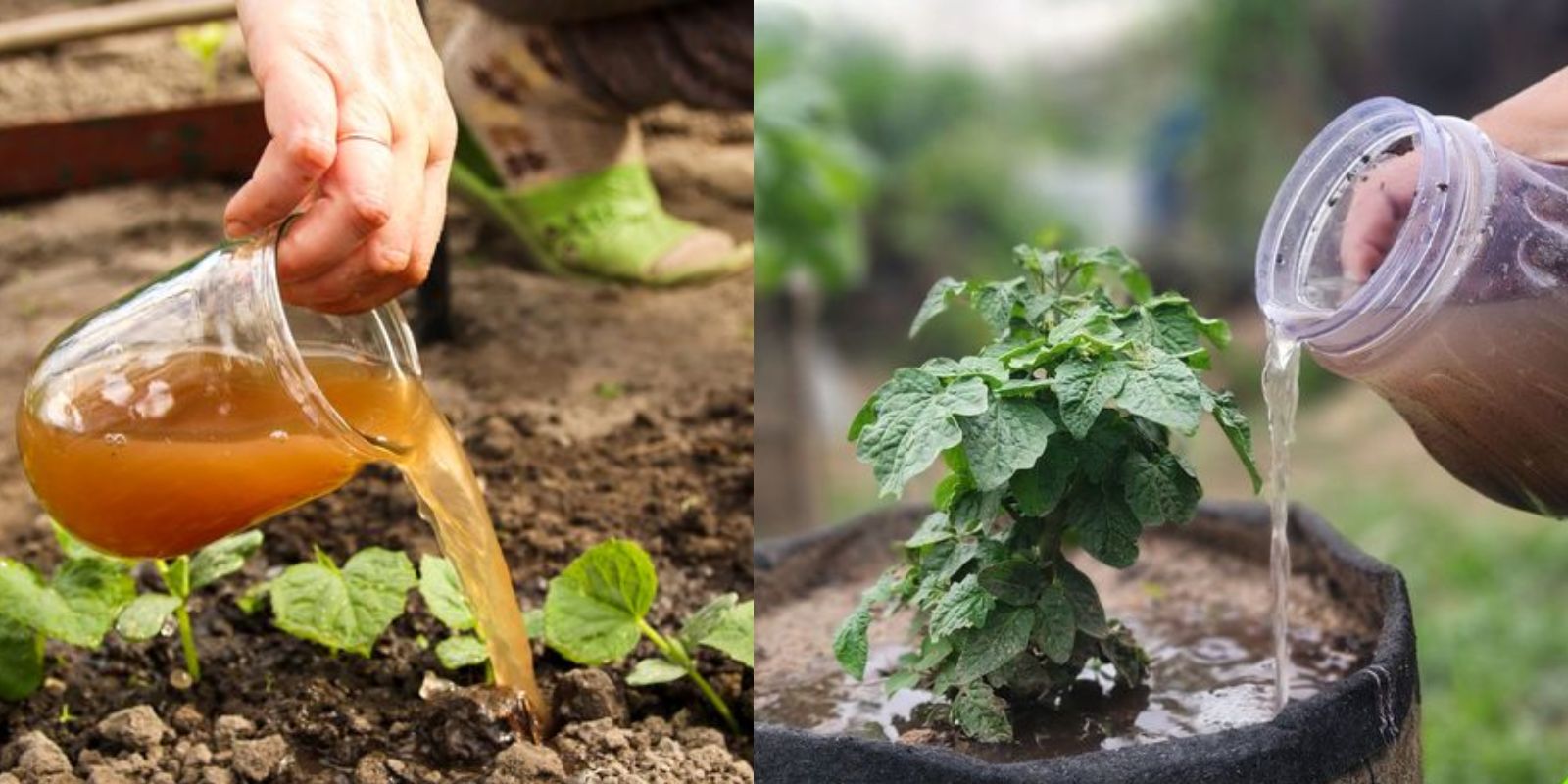Choosing the right liquid fertilizer is crucial for maintaining a vibrant and productive garden. Liquid fertilizers offer a convenient and efficient way to deliver essential nutrients directly to your plants. With various options available, it’s essential to select the one that best meets your plants’ needs. In this article, we’ll explore the top 8 liquid fertilizers, their benefits, and how to use them effectively in your garden.
Introduction
Fertilizing your garden is a key aspect of successful gardening. Plants require a balanced supply of nutrients to grow strong, produce abundant blooms or fruits, and resist diseases. Liquid fertilizers are particularly effective because they are quickly absorbed by plants, providing a fast nutrient boost. Whether you’re growing vegetables, flowers, or ornamental plants, understanding the best liquid fertilizers can help you achieve the best results.
1. Fish Emulsion
Overview:
Fish emulsion is a popular organic liquid fertilizer made from decomposed fish. It is rich in nitrogen, an essential nutrient for leafy growth.
Benefits:
- High Nitrogen Content: Promotes lush, green foliage and vigorous growth.
- Organic: Provides natural nutrients and improves soil health.
- Fast-Acting: Quickly absorbed by plants, giving immediate results.
How to Use:
- Dilution: Mix 1-2 tablespoons of fish emulsion per gallon of water.
- Application: Apply to the soil around plants or as a foliar spray.
- Frequency: Use every 3-4 weeks during the growing season.
2. Compost Tea
Overview:
Compost tea is made by steeping compost in water. This process extracts beneficial microorganisms and nutrients from the compost.
Benefits:
- Nutrient-Rich: Contains a variety of nutrients that support plant health.
- Microbial Growth: Enhances soil microbial activity, which benefits plant roots.
- Soil Health: Improves soil structure and fertility.
How to Use:
- Preparation: Brew compost tea by soaking compost in water for 24-48 hours.
- Dilution: Strain the tea and dilute with water (usually 1:1 ratio).
- Application: Apply to soil around plants or use as a foliar spray.
- Frequency: Apply every 2-3 weeks.
3. Seaweed Extract
Overview:
Seaweed extract is derived from marine algae and is known for its wide range of nutrients and growth stimulants.
Benefits:
- Growth Stimulation: Contains growth hormones that boost plant development.
- Stress Resistance: Improves plants’ ability to withstand stress.
- Nutrient Availability: Enhances the uptake of other nutrients.
How to Use:
- Dilution: Mix according to the label instructions, typically 1-2 tablespoons per gallon of water.
- Application: Apply directly to the soil or as a foliar spray.
- Frequency: Use every 3-4 weeks during the growing season.
4. Worm Castings Liquid
Overview:
Worm castings liquid, or worm tea, is made from composted worm excrement. It’s a rich source of nutrients and beneficial microbes.
Benefits:
- Balanced Nutrition: Provides a balanced mix of nutrients for overall plant health.
- Microbial Enrichment: Adds beneficial microorganisms to the soil.
- Gentle on Plants: Safe for all types of plants and soil.
How to Use:
- Preparation: Brew worm castings in water for 24 hours.
- Dilution: Strain and dilute with water (usually 1:1 ratio).
- Application: Apply to soil or use as a foliar feed.
- Frequency: Apply every 2-4 weeks.
5. Blood Meal Liquid
Overview:
Blood meal is a dry, powdered form of animal blood that is rich in nitrogen. When used as a liquid, it provides a quick nutrient boost.
Benefits:
- High Nitrogen: Promotes rapid leaf growth and green foliage.
- Fast-Acting: Provides an immediate supply of nutrients.
- Organic Option: Made from natural animal by-products.
How to Use:
- Dilution: Follow the product label for mixing instructions.
- Application: Apply to soil around plants or as a foliar spray.
- Frequency: Use every 3-4 weeks during the growing season.
6. Bone Meal Liquid
Overview:
Bone meal is a source of phosphorus and calcium, important for root development and overall plant health.
Benefits:
- Phosphorus-Rich: Encourages strong root growth and flowering.
- Calcium Supply: Supports cell wall development and disease resistance.
- Organic: Made from finely ground animal bones.
How to Use:
- Dilution: Follow the product label for mixing instructions.
- Application: Apply to soil around plants.
- Frequency: Use once a month during the growing season.
7. Plant-Based Fertilizers
Overview:
Plant-based fertilizers are made from plant materials and are a gentle, sustainable option for feeding plants.
Benefits:
- Sustainable: Made from renewable plant sources.
- Gentle on Plants: Safe for sensitive plants and soils.
- Balanced Nutrition: Provides a range of essential nutrients.
How to Use:
- Dilution: Mix according to the product instructions.
- Application: Apply to soil or use as a foliar spray.
- Frequency: Follow the label for application frequency.
8. Balanced Liquid Fertilizers
Overview:
Balanced liquid fertilizers provide a mix of essential nutrients, including nitrogen, phosphorus, and potassium, in equal or balanced ratios.
Benefits:
- Complete Nutrition: Supplies all the essential nutrients plants need.
- Versatile: Suitable for a wide range of plants.
- Convenient: Easy to use and apply.
How to Use:
- Dilution: Follow the manufacturer’s instructions for mixing.
- Application: Apply to soil around plants or as a foliar spray.
- Frequency: Use every 2-4 weeks during the growing season.
Conclusion
Choosing the right liquid fertilizer can make a significant difference in your garden’s health and productivity. By understanding the specific benefits of each type of fertilizer and following the proper application methods, you can enhance your plants’ growth and achieve a lush, thriving garden. Experiment with these top 8 liquid fertilizers to find the best fit for your gardening needs. Embrace these fertilization techniques and watch your garden flourish with vibrant, healthy plants. 🌿🌱

